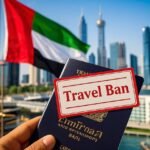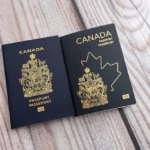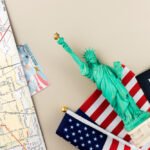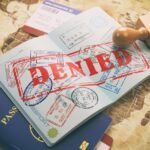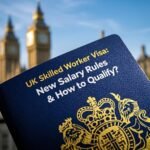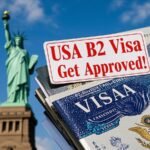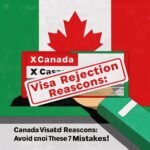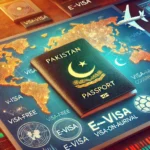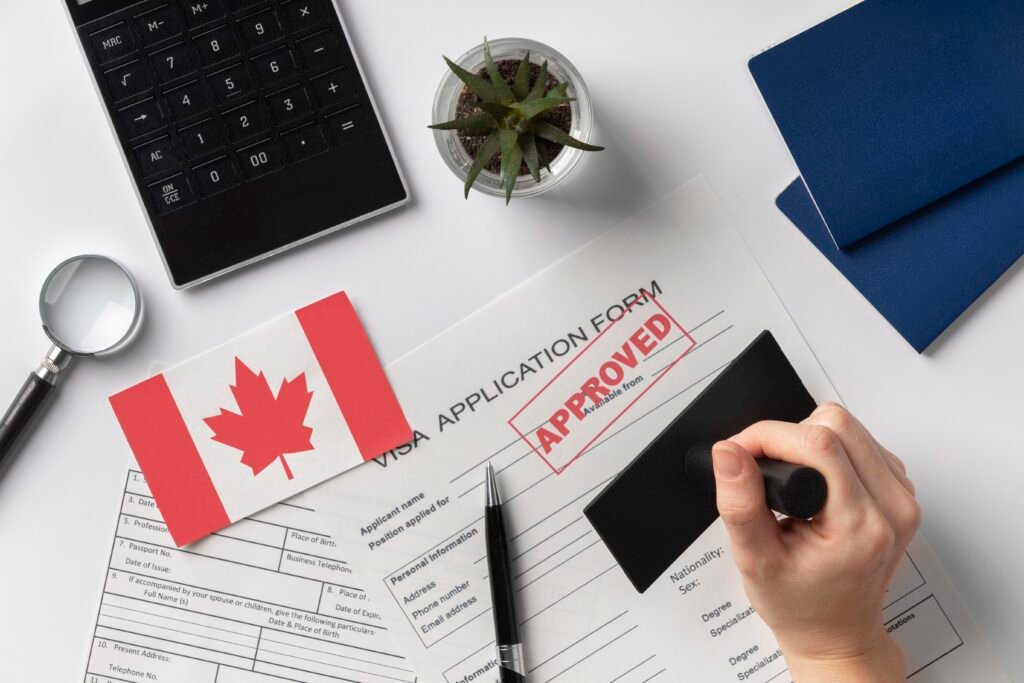The United States has long been a global hub for tourism, business, and education. However, in recent years, travel bans and restrictions have become a significant part of US immigration policy. In 2025, the US government has introduced a USA travel ban policy targeting specific countries based on security concerns, public health risks, and diplomatic relations. This blog provides a detailed overview of the updated travel ban policy, including country categories, lists, and implications for travelers. To know more about How to Apply for a Canada Work Visa click here
What is the USA Travel Ban Policy?
The US travel ban policy restricts entry into the United States for citizens of certain countries deemed to pose security or public health risks. The policy was first introduced in 2017 and has since evolved to include additional countries and exemptions. The 2025 update reflects the current geopolitical landscape and aims to balance national security with global mobility.
Key Features of the 2025 USA Travel Ban Policy
- Country-Specific Restrictions:
The new policy categorizes countries into different tiers based on the level of risk they pose. - Exemptions and Waivers:
Certain individuals, such as permanent residents, students, and humanitarian cases, may be exempt from the ban. - Public Health Considerations:
The policy includes measures to address public health concerns, such as vaccination requirements and quarantine protocols. - Diplomatic and Economic Impact:
The ban also considers the diplomatic and economic relationships between the US and the affected countries.
Country Categories and Lists
The 2025 travel ban policy divides countries into three main categories:
1. High-Risk Countries (Full Travel Ban)
Citizens of these countries are generally prohibited from entering the US, with limited exceptions.
- Iran
- North Korea
- Syria
- Yemen
- Libya
- Somalia
- Venezuela
2. Moderate-Risk Countries (Partial Restrictions)
Travelers from these countries may face additional scrutiny and restrictions but are not entirely banned.
- Iraq
- Sudan
- Eritrea
- Nigeria
- Myanmar (Burma)
- Tanzania
- Kyrgyzstan
3. Low-Risk Countries (Enhanced Screening)
While not subject to a ban, travelers from these countries may undergo enhanced screening processes.
- Pakistan
- Afghanistan
- Bangladesh
- Egypt
- Ethiopia
- Kenya
- Lebanon
Exemptions and Waivers
The 2025 travel ban policy includes several exemptions to minimize the impact on individuals with legitimate reasons to travel to the US. These include:
- US Permanent Residents (Green Card Holders):
Green card holders are exempt from the travel ban. - Diplomats and Government Officials:
Travelers with diplomatic visas are generally allowed entry. - Students and Scholars:
F-1 and J-1 visa holders may be exempt, provided they meet specific criteria. - Humanitarian Cases:
Individuals seeking asylum or refugee status may qualify for a waiver. - Family Reunification:
Immediate family members of US citizens or permanent residents may be eligible for exemptions.
Application Process for Exemptions
If you believe you qualify for an exemption, follow these steps:
- Check Eligibility:
Review the exemption criteria on the US Department of State website. - Gather Required Documents:
Prepare supporting documents, such as proof of relationship, visa status, or humanitarian need. - Submit a Waiver Application:
Apply through the nearest US embassy or consulate. - Attend an Interview:
Be prepared to explain your situation and provide additional evidence if required. - Wait for Approval:
Processing times vary, so apply well in advance of your intended travel date.
Implications of the Travel Ban Policy
The 2025 travel ban policy has far-reaching implications for travelers, businesses, and diplomatic relations:
- Impact on Families:
Many families are separated due to the restrictions, causing emotional and financial strain. - Economic Consequences:
The ban affects tourism, trade, and investment, particularly in high-risk countries. - Diplomatic Tensions:
The policy has strained relations between the US and affected countries, leading to retaliatory measures in some cases. - Public Health Measures:
The inclusion of public health considerations reflects the ongoing impact of global health crises.
Tips for Travelers Affected by the Ban
- Stay Informed:
Regularly check the US Department of State website for updates on the travel ban policy. - Explore Alternative Options:
Consider applying for a visa through a third country or exploring other destinations. - Seek Legal Advice:
Consult an immigration lawyer to understand your options and rights. - Plan Ahead:
Allow extra time for visa processing and potential delays. - Advocate for Change:
Join advocacy groups or campaigns to push for more inclusive immigration policies.
Important URLs:
US Customs and Border Protection – Travel Alerts
US Department of State – Travel Bans
White House – Proclamation on Travel Restrictions
Conclusion
The USA’s new travel ban policy in 2025 reflects the complex balance between national security, public health, and global mobility. While the policy aims to address legitimate concerns, it also poses challenges for travelers, families, and businesses. By understanding the country categories, exemptions, and application processes, affected individuals can navigate the restrictions and explore alternative options.
Stay informed, plan ahead, and advocate for fair and inclusive immigration policies to ensure that the US remains a welcoming destination for all.
A Request:
If you found this article helpful, don’t forget to share it with your friends and family. Subscribe to our newsletter for the latest updates on US immigration policies, travel bans, and visa news. Safe travels!






































